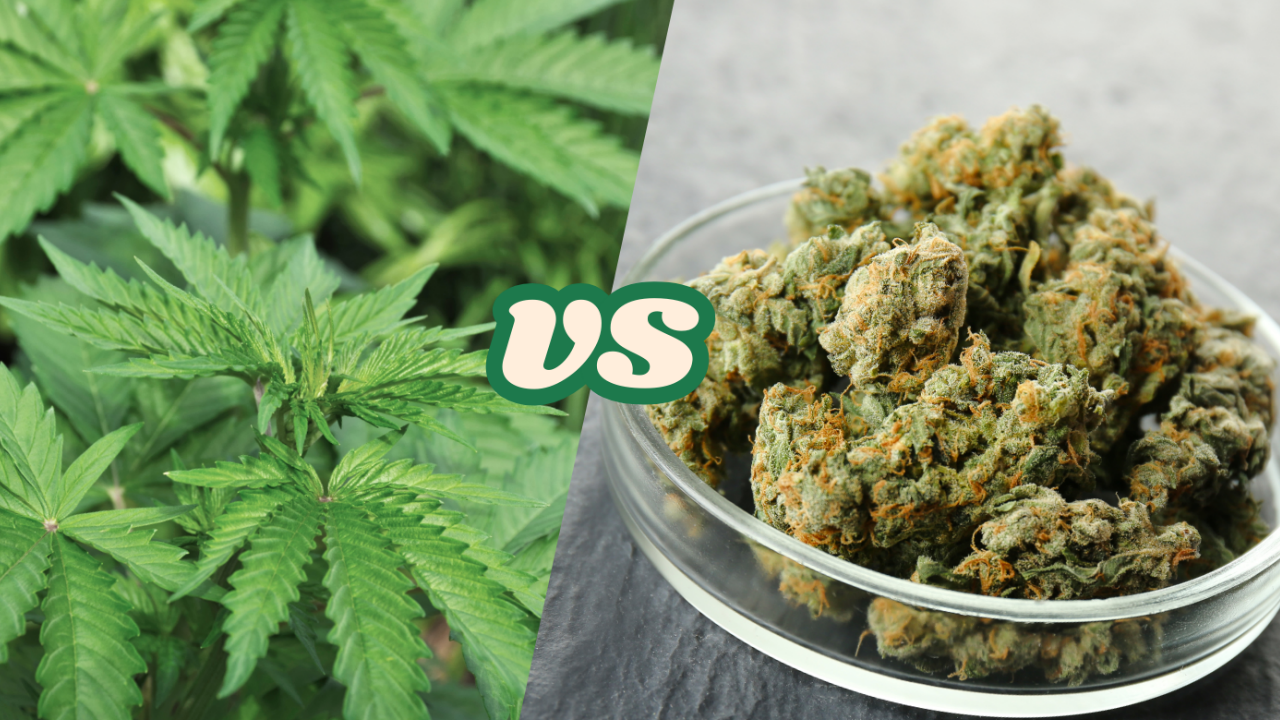Long before cannabis became the modern cultural symbol of controversy and conversation, it was a revered, practical, and medicinal plant used across ancient civilizations. From temples and tombs to battlefields and healing rituals, cannabis has a long and deeply rooted history in human civilization. Its journey is as old as recorded time, stretching across continents and cultures, often wrapped in mysticism, medicine, and even mythology. Africa, China, India, the Americas and every other part of the world has a deep history with cannabis as a plant that has helped their cultures thrive.
Let’s take a walk through time to explore the ancient origins and uses of cannabis—and how this once-sacred plant found itself outlawed in modern eras only to now be rediscovered as a powerful agent of healing, creativity, and connection.
The First Records: China and the Birth of Cannabis Medicine
The oldest recorded use of cannabis dates back over 4,700 years in ancient China. The legendary Emperor Shen Nung—often considered the father of Chinese medicine—is believed to have cataloged the plant in his pharmacopeia around 2700 BCE. Known as “ma” in Chinese, cannabis was used for a variety of ailments including rheumatism, gout, and malaria. Shen Nung described its psychoactive effects, noting that excessive consumption might cause “seeing devils,” but in moderation, it was an essential medicine.
Interestingly, the Chinese cultivated cannabis not only for its medicinal value but also for its strong hemp fibers, which were used to make rope, textiles, and the earliest forms of paper. This duality of cannabis—as both healer and industrial workhorse—would follow the plant through every chapter of its history.
India: Cannabis as Sacred Ritual and Medicine
In ancient India, cannabis was deeply interwoven with spirituality, medicine, and ritual. The plant appears in the sacred Vedas (circa 1500 BCE), where it is referred to as one of the “five sacred plants.” Known as bhang in drinkable form, cannabis was believed to be favored by the god Shiva, often referred to as the “Lord of Bhang.”
In Ayurvedic medicine, cannabis was used to treat everything from anxiety and indigestion to headaches and insomnia. It wasn’t simply recreational or medical—it was divine. Cannabis played a vital role in tantric rituals, spiritual elevation, and the pursuit of transcendence.
Egypt: Cannabis in the Afterlife and Everyday Ailments
In ancient Egypt, archaeological evidence and medical papyri suggest cannabis was used medicinally as early as 2000 BCE. The Ebers Papyrus, one of the oldest known medical texts, mentions cannabis being used to treat inflammation and sore eyes. It was also likely used as an antiseptic during surgeries or embalming practices.
Residues of cannabis pollen have even been found in the tombs of pharaohs, indicating its potential use in death rituals or as a spiritual aid in the journey to the afterlife. Whether as a practical medicine or a spiritual substance, cannabis held a respected place in Egyptian culture.
Greece and Rome: From Battlefield to Banquet
By the time cannabis reached ancient Greece and Rome, it had already accumulated a reputation for being a remedy and a relaxant. Greek historian Herodotus (5th century BCE) described the Scythians—nomadic warriors from Central Asia—using cannabis in steam baths, inhaling the vapor to cleanse and celebrate.
Greek physicians like Dioscorides and Galen recorded cannabis as a treatment for earaches, inflammation, and digestive issues. Meanwhile, Roman soldiers used cannabis leaves to heal wounds and reduce pain. For these Mediterranean cultures, cannabis was part of both the battlefield and the banquet table.
The Middle East and Early Islam: Between Healing and Prohibition
In the Middle East, cannabis played a prominent role in early Islamic medicine. Scholars and physicians of the Islamic Golden Age, such as Avicenna (Ibn Sina), wrote extensively about cannabis in the 10th and 11th centuries, citing its analgesic, anti-inflammatory, and anti-epileptic properties.
However, Islamic teachings prohibited alcohol, which made cannabis a more acceptable psychoactive alternative for some. The plant was used in edible forms like hashish, and while some authorities condemned it as intoxicating, others tolerated it due to its medicinal benefits.
Africa and the Americas: Cultural Exchange and Indigenous Knowledge
Cannabis was introduced to Africa through Arab traders and spread quickly through trade routes. In regions like Ethiopia and Egypt, it became integrated into local healing traditions. African tribes used cannabis for pain relief, as an aphrodisiac, and in spiritual rituals.
In the Americas, cannabis arrived with European colonizers in the 16th and 17th centuries—mostly for hemp production. However, indigenous populations had their own psychoactive plants, so cannabis was not initially integrated into native shamanic practices. By the 19th century, it began to be used medicinally in North and South America, preceding its widespread criminalization in the 20th century.
Rediscovering a Sacred Plant
Throughout ancient history, cannabis was viewed as a multifaceted gift from nature—a sacred herb, a reliable medicine, and an industrial powerhouse. From the scrolls of Chinese emperors to the Vedic hymns of Indian sages, from the pyramids of Egypt to the healing tents of Greek physicians, cannabis was revered for its ability to bridge the body, mind, and spirit.
Today, as laws shift and stigmas fade, we are witnessing a global rediscovery of what our ancestors long understood: cannabis is more than a recreational drug. It’s a therapeutic, sustainable, and profoundly human plant with deep roots in our shared history.
As we move forward, embracing cannabis once again as an ally in health and creativity, we are not venturing into the unknown—we are returning to our ancient wisdom.
Sid Prince
Photo credit: https://www.medwellhealth.net/the-sacred-uses-of-cannabis-by-ancient-cultures/


